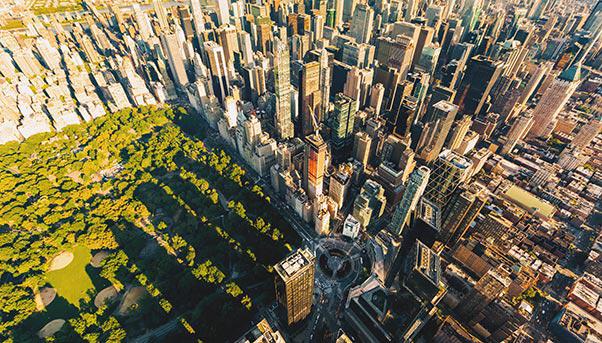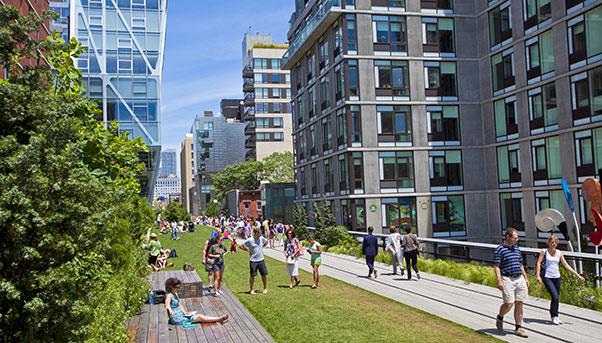
With its giant, white wings stretching 50 metres into the sky, the Oculus terminal in downtown New York was fashioned by Spanish architect Santiago Calatrava as a bird taking flight, a symbol of hope.
Built on the foundations of an earlier terminal damaged during the devastating September 11, 2001 attacks at the World Trade Centre, it is one of the most imposing additions to the city’s perpetually changing skyline.
As a global city, change is taken for granted. It is a reflection of the dynamism of a place that inspires and draws people from all over the world.
Some of it, like the Oculus, is forced upon the city. In other cases, it is willed by the city itself in an effort to revive districts and neighbourhoods. Still others have been long in coming, such as the renewal of essential infrastructure to keep the city functioning.
The most successful example of urban renewal is the High Line, a pedestrian park born out of the repossession of a disused elevated freight rail line running nearly two kilometres along the west side of the city that last served a train in 1980. Receiving more than five million people a year, it has become an obligatory visit for tourists and residents alike.
There is also the High Bridge, which connects the neighborhoods of Washington Heights in Manhattan and Highbridge in the Bronx.
Built to support an aqueduct, it is the city’s oldest standing bridge. It was reopened in 2015 for cyclists and pedestrians.
Less visible yet more essential public works have taken longer to come to fruition – sometimes at a cost. The derailment of a metro train in Harlem that injured 34 people earlier this year was the latest sign of the desperate need to fix the city’s ageing metro system.

With the support of New York State Governor Andrew Cuomo, the Metropolitan Transportation Authority is pursuing a plan to improve the system with the $1.5 billion addition of a third track on the Long Island Rail Road’s main line, a $750 million overhaul of 32 subway stations and the next phase of the Second Avenue Subway extension to East Harlem. Opened in January, the subway line running underneath Second Avenue on the east side of Manhattan has helped alleviate the crowded Lexington Avenue Subway running parallel to it.
Then there is the Port Authority of New York and New Jersey (PANYNJ), which is pursuing its own plan to renovate its transportation network at a cost of $32 billion over 10 years. A core part of this plan is the restructuring of John F. Kennedy International Airport to help it better handle the steady increase in passenger traffic numbers, which reached 59 million in 2016. It foresees new terminals, the redoing of access roads and parking lots and improving the AirTrain at a cost of $10 billion, seven of which will come from private investors.
After basic infrastructure comes the stuff of dreams.
Elon Musk, the founder of the Tesla electric car company, has announced that he had received verbal interest from the federal government in his proposal to build a tunnel running the entire 329-kilometre length between New York and Washington, D.C.. Much like his Hyperloop project, the trains that would travel within the tunnel would bring people to either city in 29 minutes.
Meanwhile, more mundane yet essential work is being done near Bronx County. The Lane Construction Corporation, a U.S. subsidiary of Salini Impregilo, is replacing the Unionport Bridge. A moveable structure over Westchester Creek.

